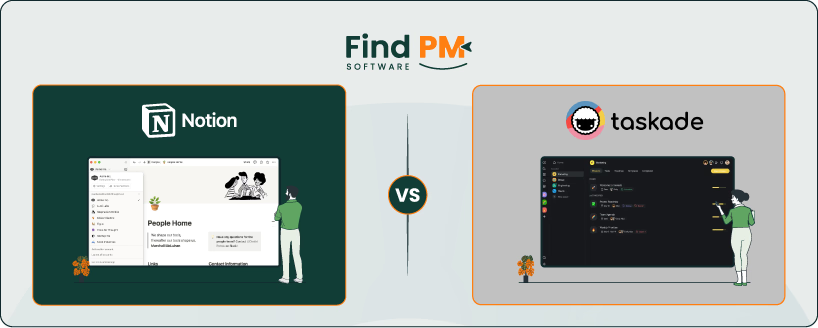
Notion and Taskade are two versatile productivity tools that have evolved into full-fledged project management platforms. Notion is known for its modular workspace that combines note-taking, databases, and task management in a single interface. It’s widely used by teams that value customization and flexibility. Taskade, on the other hand, emphasizes real-time collaboration with a lightweight structure, offering task lists, mind maps, and video calls in a unified environment. This comparison explores how each tool performs across key areas like messaging, task management, collaboration, and pricing to help you decide which one suits your workflow best.
Feature | Notion Project Management | Taskade |
Messaging & Calling | Comments, mentions, no native calling | Real-time chat, video calls, voice messaging |
Task Management | Highly customizable databases and kanban boards | Task lists, mind maps, workflows |
Collaboration | Shared workspaces, permissions, and comments | Real-time editing, team chat, collaborative views |
Cross-platform Support | Web, Windows, macOS, iOS, Android | Web, Windows, macOS, iOS, Android |
Ease of Use & UI | Modular, but may have a learning curve | Simple and intuitive interface |
Note Taking Capability | Rich text, databases, templates | Quick notes, outlines, and markdown support |
Notifications | In-app and email notifications | Real-time alerts and reminders |
Multimedia & Document Sharing | Embed files, images, videos | Upload and share files, media, and links |
Pricing | Free + Paid tiers with advanced features | Free + Paid tiers with collaboration tools |

Notion Project Management is a flexible and modular workspace that allows teams to manage tasks, documents, databases, and notes all in one place. Its strength lies in its ability to adapt to different workflows, whether you're building a content calendar, tracking engineering sprints, or managing client deliverables. Users can create custom views using kanban boards, calendars, tables, and timelines, making it a powerful tool for both individual contributors and cross-functional teams. Notion also supports rich media embedding, collaborative editing, and granular permissions, which makes it suitable for both internal documentation and external sharing.
Notion Pros And Cons
Pros | Cons |
Rich media support and embeds Extensive template library Collaborative editing and comments | Steeper learning curve for new users No native time tracking or advanced automation |

Taskade is a real-time collaboration and productivity tool designed to help teams manage tasks, brainstorm ideas, and communicate, all within a unified workspace. It offers a lightweight, intuitive interface where users can create task lists, mind maps, and workflows that update in real time. Taskade emphasizes speed and simplicity, making it ideal for teams that want to move quickly without the overhead of complex project management systems. With built-in video conferencing, chat, and collaborative editing, Taskade is particularly well-suited for remote teams and agile workflows. Its templates and visual layouts make it easy to get started, even for non-technical users.
Taskade Pros And Cons
Pros | Cons |
Real-time collaboration with chat and video Multiple views: list, board, calendar, mind map Built-in templates for quick setup | May not scale well for large, complex teams Limited offline functionality |
Messaging And Calling Capabilities
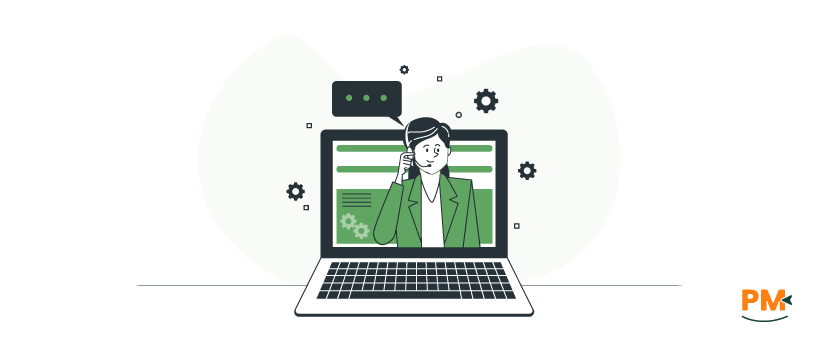
Notion
Notion offers basic messaging features primarily through comments and mentions within pages, databases, and tasks. Users can tag teammates, leave feedback, and collaborate asynchronously. However, Notion does not support real-time chat or native voice/video calling. Communication is mostly contextual, tied to specific content blocks or tasks. While this works well for documentation-heavy workflows, teams that rely on instant messaging may find it limiting. File attachments are supported within pages, and there are no strict limits on message retention since everything is stored within the workspace indefinitely.
Taskade
Taskade provides a more communication-centric experience with built-in real-time chat, voice messaging, and video conferencing. Team members can collaborate live within projects, making it ideal for remote teams and fast-paced environments. Messages are retained within the workspace, and users can send text, voice notes, and attachments directly within task views. The platform supports file uploads and media sharing, though file size limits may vary depending on the plan. Taskade’s messaging features are tightly integrated with its task management tools, allowing seamless transitions between planning and communication.
Tasks And Workflow Management
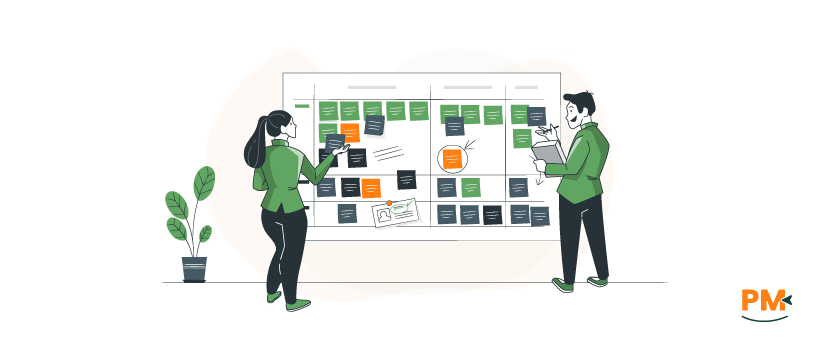
Notion
Notion offers a highly customizable approach to task and workflow management. Users can build databases that function as task lists, kanban boards, calendars, or timelines, depending on their needs. Each task can include properties like due dates, assignees, tags, and priority levels, and can be linked to other pages or databases for deeper context. Notion’s flexibility allows teams to design their own workflows from scratch or use pre-built templates for agile boards, content calendars, or CRM systems. However, this customization can be overwhelming for new users, and Notion lacks native automation features like recurring tasks or dependencies without third-party integrations.
Taskade
Taskade focuses on simplicity and speed in task management. It allows users to create task lists, mind maps, and workflows that update in real time. Each workspace supports multiple views, including list, board, calendar, and action views, making it easy to switch perspectives based on project needs. Tasks can be assigned, commented on, and marked complete with minimal setup. Taskade also includes collaborative editing, so team members can work on the same task list simultaneously. While it doesn’t offer the deep customization of Notion, Taskade’s intuitive structure and built-in templates make it ideal for teams that want to get started quickly without building complex systems.
Customer Support
Notion
Notion provides customer support primarily through its help center, which includes detailed guides, tutorials, and community forums. Users on free and paid plans can submit support tickets via email, though response times may vary. Notion also offers in-app onboarding tips and a growing library of video tutorials to help users get started. While there’s no live chat or phone support, the platform’s documentation is comprehensive and frequently updated. Enterprise users may receive priority support and dedicated success managers depending on their plan.
Taskade
Taskade offers a more direct support experience with live chat available on its website and within the app. Users can also reach out via email or explore the help center, which includes FAQs, video walkthroughs, and product updates. Taskade’s support team is generally responsive, and the platform emphasizes user feedback in its product development. While it doesn’t offer phone support, the availability of real-time chat gives it an edge for users who prefer immediate assistance.
Collaboration Functionality
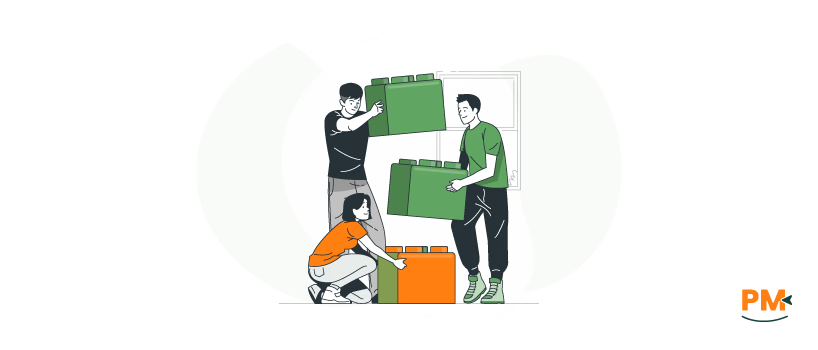
Notion
Notion supports collaboration through shared workspaces where team members can co-edit pages, leave comments, and assign tasks. Permissions can be customized at the page or database level, allowing for granular control over who can view or edit content. Real-time updates ensure that changes are instantly visible to collaborators, and version history helps track edits over time. While Notion doesn’t offer built-in chat or video conferencing, its integration with tools like Slack and Zoom helps bridge that gap. For teams focused on documentation, planning, and structured collaboration, Notion provides a robust and flexible environment.
Taskade
Taskade is built around real-time collaboration. Users can work together on task lists, mind maps, and workflows while chatting or video calling within the same workspace. Changes are synced instantly, and multiple users can edit the same document simultaneously. Taskade’s collaborative features are tightly integrated, making it easy to brainstorm, plan, and execute tasks without switching between apps. This makes it particularly effective for remote teams and fast-moving projects where communication and execution need to happen side by side.
Cross-Platform Support
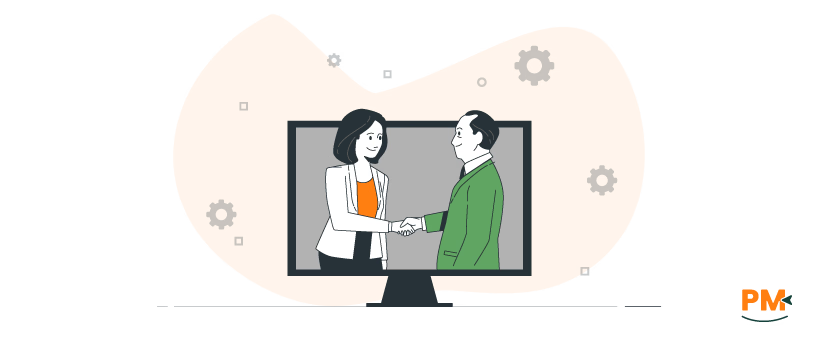
Notion
Notion offers strong cross-platform support with native applications for Windows, macOS, iOS, and Android, along with a fully responsive web app. Users can seamlessly switch between devices, and all changes are synced in real time across platforms. The mobile apps are well-designed, though some advanced features—like database customization—are easier to manage on a desktop. Notion also supports browser extensions and integrations that enhance its usability across different environments, making it a reliable choice for teams working across multiple devices.
Taskade
Taskade also provides excellent cross-platform compatibility, with apps available for Windows, macOS, Linux, iOS, and Android. Its web app mirrors the desktop experience closely, ensuring consistency regardless of the device used. Taskade’s mobile apps are lightweight and optimized for quick task updates, messaging, and video calls. The platform’s real-time sync ensures that users can collaborate and manage tasks without interruption, whether they’re on a laptop, tablet, or smartphone. For teams that prioritize mobility and responsiveness, Taskade delivers a smooth and unified experience across platforms.
Ease Of Use And UI
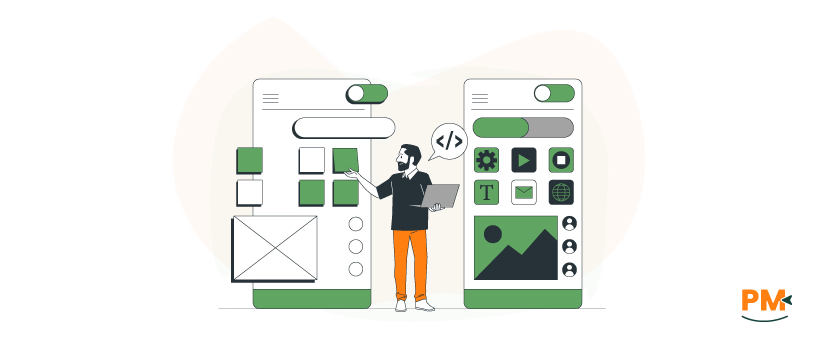
Notion
Notion’s interface is clean and minimalistic, designed to give users full control over how their workspace looks and functions. It uses a block-based system where every element, text, image, database, or embed is treated as a modular unit. This flexibility allows users to build highly customized pages, but it also introduces a learning curve, especially for those unfamiliar with database structures or nested layouts. Once mastered, Notion becomes a powerful tool for organizing complex workflows, but new users may need time to adapt to its open-ended design.
Taskade
Taskade offers a more intuitive and streamlined user experience. Its interface is visually engaging and easy to navigate, with clear icons and drag-and-drop functionality that make task creation and organization simple. Users can switch between views—list, board, calendar, and mind map, with a single click, and the layout remains consistent across devices. Taskade’s UI is designed for speed and clarity, making it ideal for teams that want to jump into collaboration without spending time on setup or customization.
Note Taking Capability
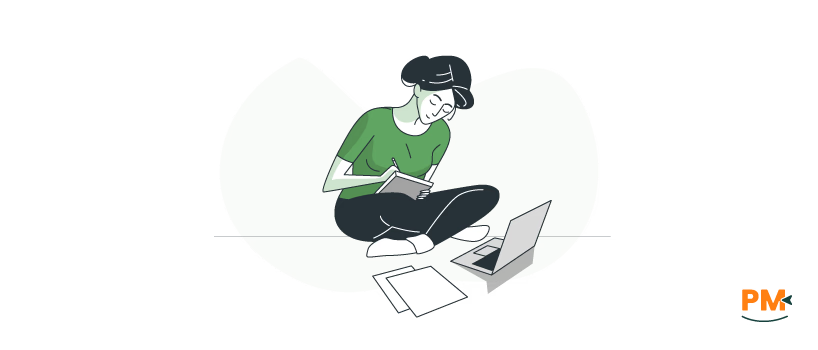
Notion
Notion is widely recognized for its powerful note-taking capabilities. It allows users to create rich-text documents with support for headings, lists, tables, code blocks, embeds, and more. Notes can be organized into databases, linked across pages, and customized with tags and properties for easy retrieval. The block-based editor makes it easy to structure content, and users can collaborate in real time by commenting or editing together. Notion also offers a wide range of templates for meeting notes, knowledge bases, and personal journals, making it a top choice for teams that rely heavily on documentation and structured note-taking.
Taskade
Taskade offers a more lightweight approach to note-taking, focusing on speed and simplicity. Users can jot down quick notes, create outlines, and format content using markdown. Notes can be added directly to task lists or mind maps, allowing for seamless integration with project workflows. While Taskade doesn’t offer the same depth of formatting or database functionality as Notion, it excels in real-time collaboration. Team members can edit notes together, leave comments, and discuss ideas within the same workspace. For teams that prioritize fast, collaborative note-taking over deep customization, Taskade is a practical solution.
Notifications
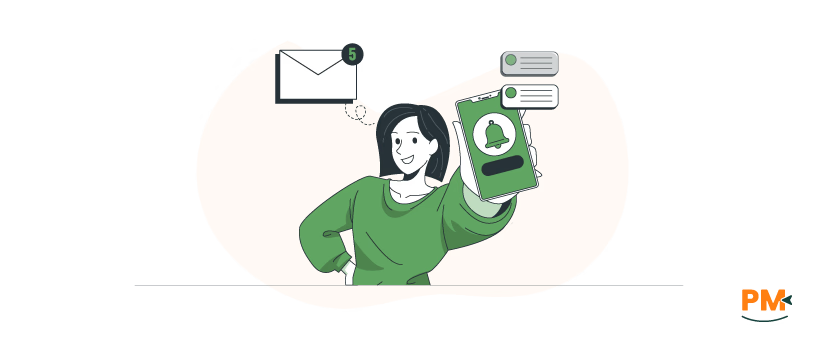
Notion
Notion provides notifications through in-app alerts and email updates. Users receive notifications when they are mentioned in comments, assigned tasks, or when changes are made to shared pages. Notifications are centralized in the sidebar, making it easy to track updates across workspaces. While Notion doesn’t offer push notifications on desktop, its mobile app supports them, ensuring users stay informed on the go. The platform also allows users to customize notification settings to reduce noise and focus on relevant updates.
Taskade
Taskade offers real-time notifications across all devices. Users are instantly alerted when tasks are updated, comments are added, or collaborators join a workspace. Notifications are available via desktop, mobile push, and email, ensuring that teams remain in sync regardless of location. Taskade’s notification system is designed for immediacy, which complements its real-time collaboration features. Users can also adjust notification preferences to control the frequency and type of alerts they receive.
Multimedia And Document Sharing

Notion
Notion excels at embedding and sharing multimedia content within its pages. Users can upload images, videos, PDFs, and other file types directly into documents or databases. It also supports embeds from external platforms like YouTube, Figma, Google Drive, and Loom, allowing for rich, interactive content within the workspace. Files are stored within the workspace and can be organized using folders or linked across pages. While Notion doesn’t offer real-time co-editing of external documents, its internal sharing and commenting features make it a strong choice for teams that need to centralize and annotate multimedia assets.
Taskade
Taskade supports multimedia sharing through file uploads and embedded content within task lists and project views. Users can attach images, videos, and documents to tasks or notes, and preview them directly within the workspace. The platform also allows for real-time collaboration on shared content, including live discussions around media files. While Taskade’s embedding options are more limited compared to Notion, its integration with cloud storage services and real-time communication tools makes it effective for teams that need to quickly share and discuss multimedia content during active collaboration.

Feature | Notion | Taskade |
Free Plan | Unlimited blocks (personal use) | 500 tasks, 5 projects, 250 MB storage, 1,000 AI credits |
Entry-Level Paid Plan | $12/user/month (Plus) | $20/month(pro) |
Mid-Tier Plan | $24/user/month (Business) | $100/month (team) |
Enterprise Plan | Custom pricing | Custom pricing |
Storage | Unlimited uploads (paid plans) | 500MB to 1 TB depending on plan |
Support | Email and live chat (Business+ plans) | Email, live chat, and multilingual support |
Automation & AI | Notion AI (add-on) for writing, summaries | Built-in AI agents for workflows, mind maps |
Integrations | Many apps including Slack, Jira, Zoom | 13+ apps including Google Drive, Slack |
Disclaimer: The pricing is subject to change.
- Notion is ideal for teams that need a customizable workspace combining documents, tasks, wikis, and calendars. Its modular structure and rich integrations make it powerful, but it has a steeper learning curve.
- Taskade offers a simpler, more intuitive interface with built-in AI agents and automation. It’s better suited for teams that want quick setup and lightweight project management.
Notion is ideal for:
Taskade is best suited for:
Choosing between Notion and Taskade depends on your team’s workflow style.
- If you need deep customization, rich documentation, and advanced project views, Notion is the better fit. It’s especially useful for teams that combine project management with content creation and knowledge sharing.
- If you prefer simplicity, real-time collaboration, and built-in automation, Taskade may be more suitable. It’s ideal for smaller teams or those who want to get started quickly without a complex setup.
For budget-conscious teams, Taskade’s Starter and Pro plans offer great value, while Notion’s Plus plan is more robust for growing teams needing scalable collaboration.
